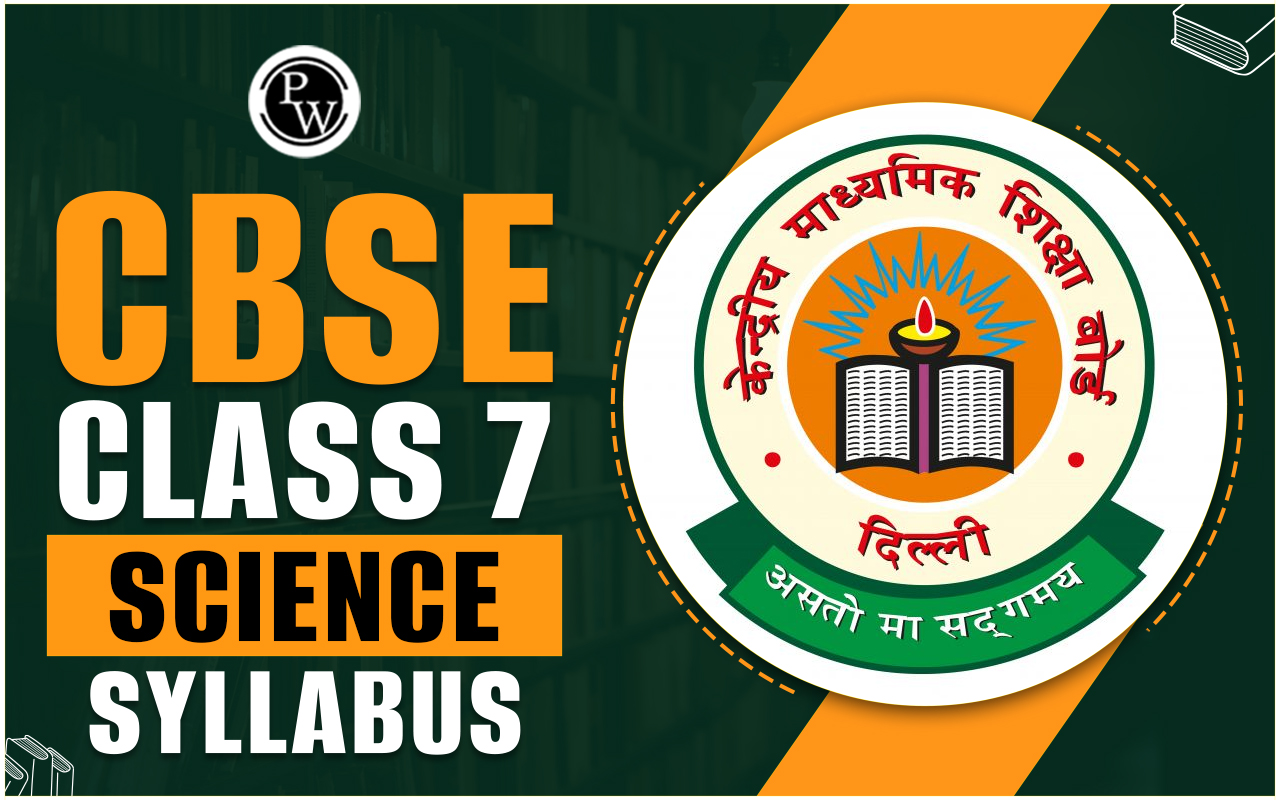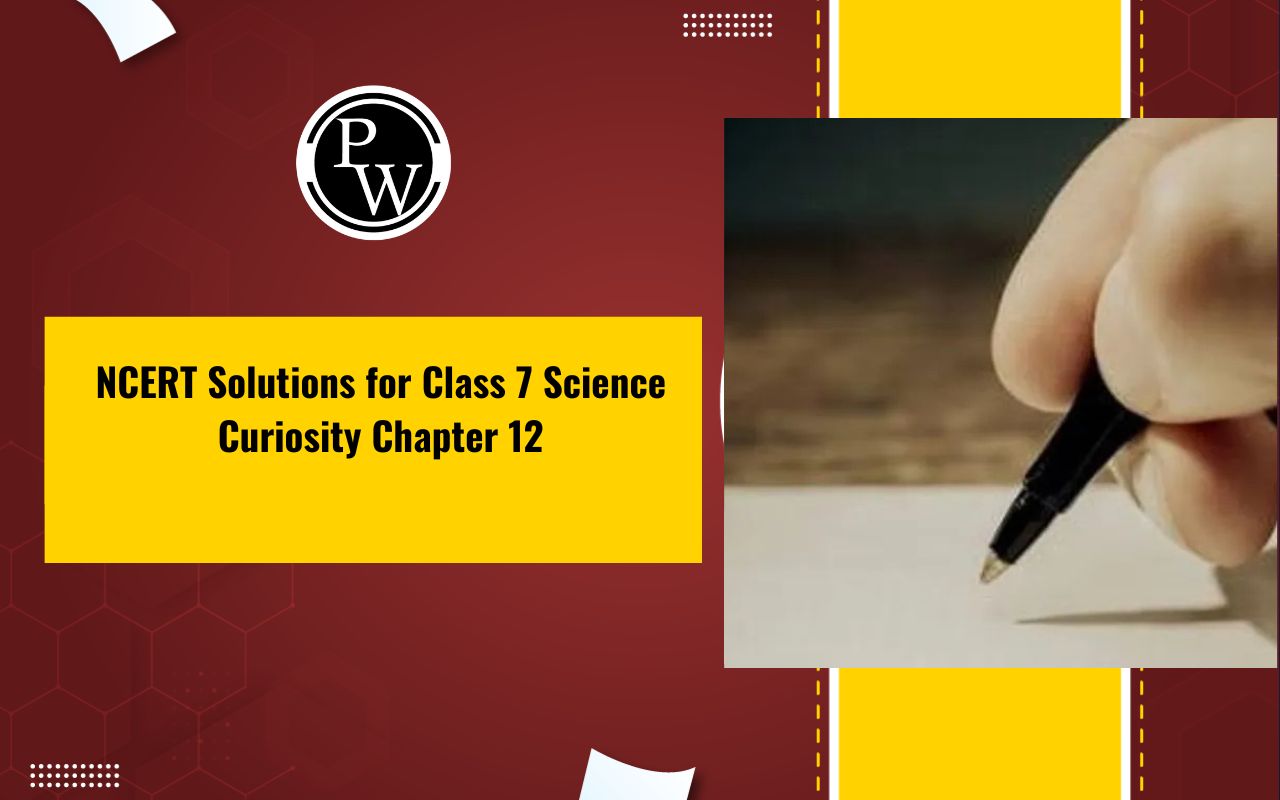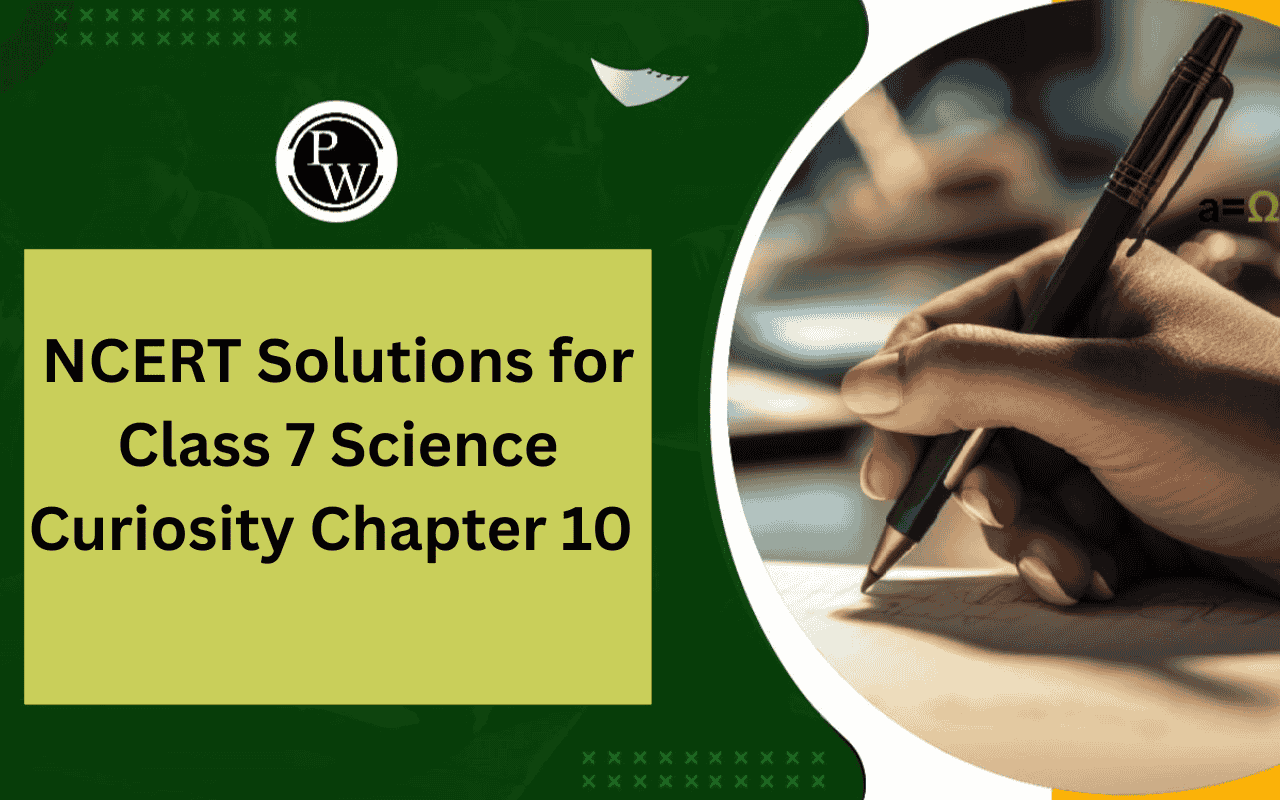
CBSE Class 7 Science Syllabus 2025-26: The CBSE Class 7 Science syllabus for 2025–26 focuses on building conceptual understanding through observation, experimentation, and inquiry-based learning. The revised syllabus aims to develop critical thinking and environmental awareness while encouraging students to connect scientific principles with everyday life.
It emphasizes activity-based learning and includes practical applications to foster curiosity and problem-solving skills. The new syllabus reflects the National Education Policy (NEP) goals by reducing content load and promoting experiential learning. With a streamlined structure, the course ensures age-appropriate knowledge progression, helping students grasp core scientific concepts effectively and preparing them for higher classes.
CBSE Class 7 Science Syllabus 2025-26
The CBSE Class 7 Syllabus 2025–26 has been thoughtfully designed to promote conceptual clarity and hands-on learning. Aligned with the latest educational reforms, it encourages curiosity, critical thinking, and real-life application of scientific principles.
The updated syllabus streamlines content to focus on core understanding and skill development. To help students and parents stay informed, a detailed breakdown of the syllabus has been provided. Check the table below for the complete list of topics covered this academic year.
|
CBSE Class 7 Science Syllabus 2025-26 |
|
|
Chapter |
Sub-Topics |
|
The Ever-Evolving World of Science |
Introduction to Science, Science in everyday life |
|
Exploring Substances: Acidic, Basic, Neutral |
Acids and Bases, Indicators, Neutralisation |
|
Electricity: Circuits and their Components |
Introduction to Electricity, Symbols of electric components, Conductors/Insulators |
|
The World of Metals and Non-metals |
Properties of materials, Corrosion, Effects of Air and Water |
|
Changes Around Us: Physical and Chemical |
Types of changes, Chemical change in daily life, Natural changes |
|
Adolescence: A Stage of Growth and Change |
Puberty, Changes during puberty, Menstruation, Myths and Taboos, Well-being |
|
Heat Transfer in Nature |
Conduction, Convection, Radiation, Water Cycle, Seepage of water |
|
Measurement of Time and Motion |
Types of Motion, Measurement of Time & Speed, Time-Speed Relationship |
|
Life Processes in Animals |
Nutrition, Alimentary Canal, Human Digestive System, Respiration, Breathing |
|
Life Processes in Plants |
Plant Growth, Photosynthesis, Transportation and Respiration in Plants |
|
Light: Shadows and Reflections |
Light basics, Shadow formation, Reflection, Plane mirror images, Optical devices |
|
Earth, Moon, and the Sun |
Earth’s Rotation & Revolution, Eclipses |
Chapter Wise Overview of CBSE Class 7 Science Syllabus 2025-26
Below, we have provided an overview of all the chapters for better understanding -
1. The Ever-Evolving World of Science
This chapter introduces students to the nature and scope of science, showing how it influences our everyday lives. It encourages curiosity and builds a basic understanding of scientific inquiry.
2. Exploring Substances: Acidic, Basic, and Neutral
Students learn about different types of substances—acids, bases, and neutrals—and how to identify them using indicators. The concept of neutralization is explained through real-life applications.
3. Electricity: Circuits and Their Components
This chapter explains how electric circuits work and introduces basic electrical components and their symbols. It also discusses conductors and insulators through engaging hands-on activities.
4. The World of Metals and Non-metals
Learners explore the properties of metals and non-metals, how they react with the environment, and the effects of corrosion. It helps them distinguish between different materials based on their characteristics.
5. Changes Around Us: Physical and Chemical
The focus is on understanding different types of changes, including physical and chemical transformations. Real-life examples help explain how such changes occur in daily life and nature.
6. Adolescence: A Stage of Growth and Change
This chapter discusses the physical and emotional changes during adolescence, including puberty and menstruation. It also promotes awareness of myths and emphasizes healthy growth.
7. Heat Transfer in Nature
Students are introduced to the methods of heat transfer—conduction, convection, and radiation. The chapter links these processes to natural phenomena like the water cycle and groundwater seepage.
8. Measurement of Time and Motion
Basic concepts of motion and time measurement are covered. Students understand how to calculate speed and relate it to time, laying the groundwork for physics in higher classes.
9. Life Processes in Animals
The chapter focuses on nutrition and digestion in humans and animals. It also introduces respiration and the mechanism of breathing, emphasizing their importance in sustaining life.
10. Life Processes in Plants
Students learn how plants grow, prepare food via photosynthesis, and transport nutrients and water. The chapter highlights key life functions in plants like respiration and nutrient movement.
11. Light: Shadows and Reflections
The behavior of light and its interaction with objects is explored through shadows, reflections, and optical devices like mirrors and periscopes. The chapter encourages observation-based learning.
12. Earth, Moon, and the Sun
This chapter explains the movements of the Earth and their effects, such as day - night and seasons. It also introduces celestial phenomena like solar and lunar eclipses.
CBSE Class 7 Science Syllabus 2025-26 PDF
The CBSE Class 7 Science Syllabus 2025–26 has been thoughtfully updated to align with the latest educational guidelines and learning goals. It aims to make science engaging, practical, and concept-driven for students.
The revised syllabus focuses on activity-based learning and real-life applications to help students develop a strong scientific foundation. Below, we have provided the official syllabus PDF for easy reference and download, so students and parents can stay updated with the topics to be covered this academic year.
Do you need help with your homework or preparing for exams?
Study without using the internet
Preparation Tips for CBSE Class 7 Science Syllabus 2025-26
Below, we have provided some preparation tips for CBSE class 7 students -
1. Focus on Understanding, Not Just Memorizing
Science is about concepts. Use visual aids like diagrams and flowcharts to understand topics rather than cramming definitions.
2. Read the NCERT Textbook Thoroughly
Stick closely to the new NCERT textbook. Every line is important and often forms the basis for questions in school exams.
3. Relate Topics to Daily Life
Try connecting lessons (like heat transfer or nutrition) with real-life activities—this improves retention and builds curiosity.
4. Maintain a Concept Notebook
Create a small notebook where you jot down key points, formulas, and scientific processes in your own words for quick revision.
5. Use “Why” Questions to Build Logic
After reading any topic, ask yourself, “Why does this happen?”—this helps train your brain to think like a scientist.
6. Practice Drawing and Labelling Diagrams
Diagrams often carry marks. Practice neat and correct diagrams with labels from each chapter, especially in biology and physics topics.
7. Solve Chapter-End Exercises Without Looking
Once a chapter is done, attempt all textbook questions without referring back—this checks how well you’ve understood.
CBSE Class 7 Science Syllabus FAQs
What are the key topics covered in the CBSE Class 7 Science syllabus?
How many chapters are included in 2025-26 CBSE Class 7 Science syllabus?
Why is the CBSE Class 7 Science syllabus significant for students?
Which chapters are considered important from the CBSE class 7 Science syllabus?
How can I download the revised CBSE class 7 Science syllabus?













